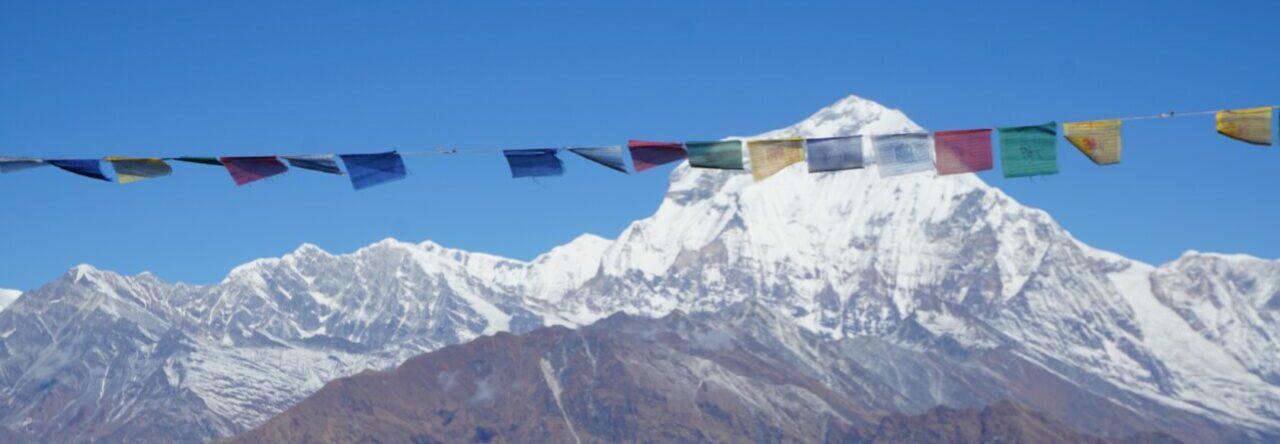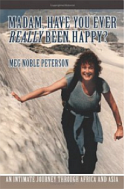How cool is that coming from the world’s best hip surgeon, Dr. James Pritchett of the Swedish Orthopedic Institute in Seattle?
I knew he was the doctor for me way back in June, shortly before my operation, when I asked him if he thought I could climb in the Himalayas by November.
“Why not?” he answered. And guess what, that’s exactly what I intend to do! (Stay tuned)
He did such a perfect job installing a ceramic ball and hammering some fearsome, fancy metal device into my femur, that I walked right through security three weeks ago on my visit to the East Coast and didn’t even set off the alarm. I fairly danced my way through two airports and arrived in Newark, bionic and elated, and ready to take on the Big Apple with a vengeance.
What you discover, as you tell every stranger in sight that you can squat like never before and run up flights of stairs like a gazelle, is that, if they don’t yawn and roll their eyes, 50% have had a similar operation and are eager to share their own success with you. Even the man operating the Xray machine in the Denver airport told of his numerous replaced joints. He did everything but show me his scars. It’s like a brand new fraternity/sorority that I’ve never experienced. Get a replacement—pick any limb—and you’ll find yourself in good company! Bravo for modern orthopedic medicine…and Dr. Pritchett.
My visit started with a whirlwind trip to Rhinecliff, NY, where two close friends, Louise Vitello and Richard Adams were married. What a gala celebration it was with three close families and their respective children enjoying the happiness of a very special couple. I danced for three hours to music that allowed me to show off my expertise in the Lindy, known in the “olden days” as jitterbugging. I think the grandchildren were impressed, which is always gratifying.
My daughter, Martha, whose house in Maplewood, NJ, had just been put on the market, left the next day for a month of teaching Hannah Somatics in England, whereupon I headed for NYCity.
Knowing my penchant for the theater, it won’t come as a surprise that I took in four shows, three while camping out at my buddy James Wilson’s pad in the West Village, and one with my old friend, Paul Sharar, from New Jersey. In all that time I made my way by subway and on foot. Not once did I use a taxi. A quick rundown includes the amazing Jefferson Mays in The Gentleman’s Guide to Love and Murder, where Mays plays seven parts. Totally fabulous! The inimitable Matilda, Roald Dahl’s story of every child’s nightmare. Fabulous as well. If/Then, a new musical that was a bit too predictable, but had good singing and dancing, and the long-awaited Indian Ink by one of my favorite playwrights, Tom Stoppard, starring Rosemary Harris and a marvelous young English actress, Romola Garai.
New York was lovely as it always is in autumn, and I was able to catch up with friends Jackie Herships, Grace Polk, and Barry Hamilton and enjoy strolling around what to me are still magical sections of the Village. I also spent a somber, thoughtful hour at the World Trade Center Memorial, now open so the public can enjoy the beautiful fountains and the new tower. The photos show some of the construction for the new subway station being built.
I cut my stay in the City short to head for Northfield, MA, with my sister, Cary Santoro, to visit my other sister, Anne Magill, before attending a memorial for a dear friend, Lynne Warrin. She and I had been friends for forty-five years and co-authored the play, Thank You, Dear, which was performed in Deerfield, MA. The loss of such a close friend is devastating, especially one who has been so instrumental in my work and has shared so many common interests in the field of summer camping, writing, education, and music. Lynne had been a longtime teacher at Eaglebrook School. Among her many students over the years was King Abdullah II of Jordan, whose country she had visited recently, as his guest.
After the memorial, Cary and I drove to our family cottage on Lake Winnipesaukee near Alton, NH. We spent the evening around a blazing fire and left early the next morning just as the mist was rising from the dock and outlining the shoreline and distant islands. As we wended our way back home we experienced the turning of the leaves, that banquet of color that defines New England as it hunkers down for winter.
What better way to know that you’re back in the Northwest than to see Mt. Rainier looming on the horizon from the plane?
Footnote: Lest I sell my home town short, let me say that there have been two superb productions in Langley over the past two months; one at the Outcast Theater which mounted the moving drama, Someone Who’ll Watch Over Me by Frank McGuinness, and the WICA (Whidbey Island Center for the Arts) production of the challenging Sondheim musical, Into The Woods. You couldn’t ask for better performances.
Jon Pollack, Christy Korrow (who, you may remember, went to Nepal with Cary and me two years ago and whose husband, Chris Korrow, has just completed a splendid documentary entitled, Dancing With Thoreau), and I are also availing ourselves of the several performances of operas streamed from the Metropolitan Opera in NYCity to Seattle theaters. It’s challenging, for it means an early ferry ride for us on Saturday morning, to catch a 1 PM matinee from New York. Jon, too, has a bit of a commute from Tacoma. But it’s worth it!
I’ve also become acquainted with gypsy jazz as I marveled at the DJANGO FEST NORTHWEST, which is held every year for a week in September. This is a style of music that was introduced by Django Reinhardt in the late 20’s and 30’s. Langley is besieged at this time by players from around the world. All day long you can hear musicians playing guitars, bass, fiddle, percussion, and wind instruments, as they serenade the public in every possible venue. And in the evening are the concerts at WICA. It opened a whole new world of music for me!
Next up: Plans for a return to India, Nepal, and possibly Sikkim this November. And I haven’t forgotten about those photos of my Bhutan trip a year ago.
HAPPY HALLOWEEN, or, if you’re a purist, HAPPY ALL HALLOWS’ EVE!































































